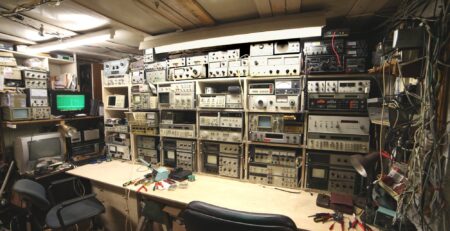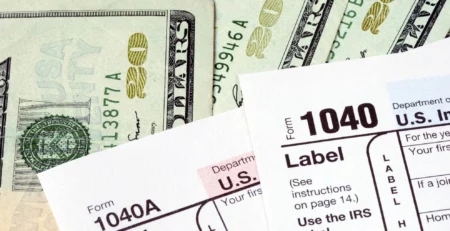ADF – Prison Reform
In 1992, I learned about the Global Positioning Satellite (GPS) system that DARPA (Defense Advanced Research Projects Agency) had created for the US military. It allowed ships, planes, and missiles to determine their exact position on Earth. It was also coming into commercial use in many ways, from trucking to farming. I asked myself what problems in civilian society might be solved using GPS technology. It occurred to me that GPS monitoring of convicted felons, in conjunction with intensive human supervision, would be a way to empty and close most prisons, and save taxpayers an enormous amount of money.
Why lock someone in a prison when GPS-based monitoring would allow nonviolent felons to earn their own living while being punished through restrictions in their activities? The problem with prisons is they are an all or nothing solution to crimes with only one parameter adjustable by the justice system, time spent in a prison. Instead, supervised GPS-based monitoring would give the justice system a variety of ways to limit a felon in terms of time and space and the amount of supervision.
Consider possible levels of monitoring discussed in the novel American Democracy Forever:
“At level 0, for a minor first offense—say shoplifting—it could be weekly visits with a supervisor, with the threat of monitoring if necessary; at level 1 for more serious property offenses—say unarmed burglary—it might be simple electronic monitoring with weekly reviews of the offenders activities; at level 2 for nonviolent personal crimes—such as drunk driving—it might be constant electronic monitoring in terms of a predetermined set of restrictions, such as permitted times at permitted locations; and at level 3 for serious personal crimes—such as armed robbery or battery—it would be rigid restrictions on where and when the offender is required to be every moment of the day. Of course, violent criminals still need to be behind bars. For good behavior, there could be the promise of lower levels of monitoring, and for violations, the threat of higher levels, including, ultimately, time in prison.”
ADF contains a chapter in which GPS-based monitoring is discussed and plans are put in place for CARPA (Civic ARPA) – Charlie’s answer to DARPA for civic problems – to prototype, implement and deploy such systems. Great, but what did Charlie expect to gain in terms of his goal of preserving American democracy? He saw the millions of people imprisoned for nonviolent offences as a tragedy and a taxpayer expense that can be avoided. Keeping people and their families productive was to be desired, no matter who they vote for. He hoped they will see GPS-based monitoring as a liberal, humane solution to an old problem and that people freed from prison but still monitored will support liberal causes and politicians—and vote for Democrats.
Questions
What do you think of the levels of GPS-based monitoring that are discussed? Would you consider even the most rigorous level of monitoring a punishment equivalent to time in a prison?
What would you think of having convicted but closely supervised felons living in your neighborhood? Could you treat them as neighbors? Isn’t this what people living in poorer neighborhoods do already? Would it be a NIMBY issue for you?
Was Charlie being naive in thinking people who were monitored but not in prison would automatically vote for Democrats?












Leave a Reply